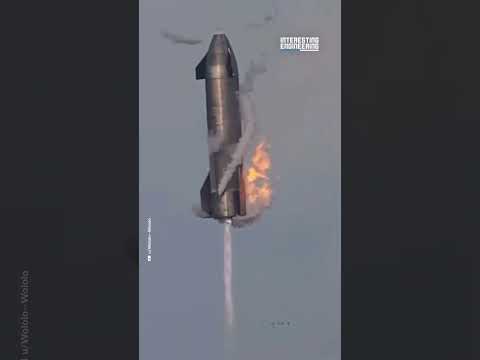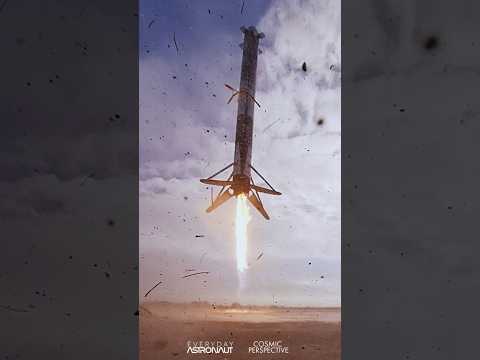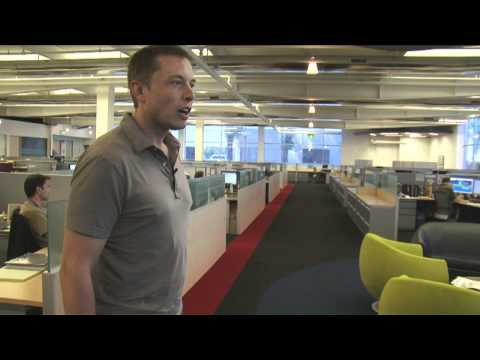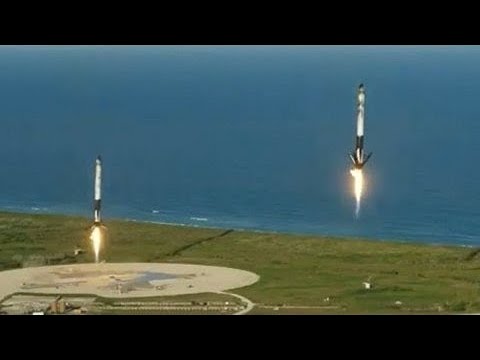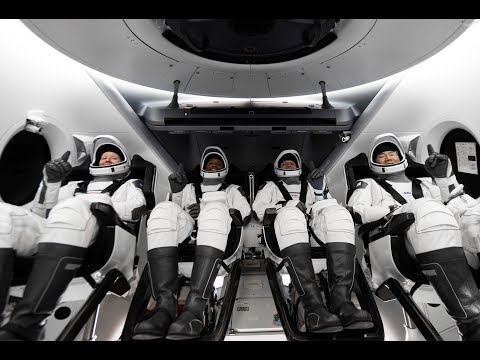SpaceX has earned a reputation for revolutionizing the space industry with its reusable Falcon 9 rockets and its ambitious goal of colonizing Mars. However, before SpaceX came onto the scene, another company was pushing the boundaries of rocket technology: McDonnell Douglas Aerospace (MDA) with its Delta Clipper.
In the early 1990s, MDA embarked on an innovative project known as the Delta Clipper Experimental (DC-X), aimed at developing a fully reusable Vertical Takeoff and Landing (VTOL) rocket. The DC-X was designed to take off vertically like a traditional rocket and then return to Earth horizontally, similar to an airplane. This unique ability to land on its own legs instead of parachuting back made it an impressive prototype for future space travel concepts.
The most exciting part of the DC-X project was its boostback burn maneuver. After reaching an altitude of 10 kilometers (6.2 miles), the rocket would cut off its main engines and perform a 180-degree flip in mid-air. It would then reignite its engines momentarily, decelerating rapidly until it reached zero velocity at the peak of its ascent trajectory. This allowed it to conserve fuel and return precisely to its original launch site.
The boostback burn demonstrated incredible technical prowess by utilizing precise calculations and thrust vector control systems to maintain stability during this maneuver. By executing such a burn, the DC-X team showcased their vision for reusable rockets – a concept that fascinated aerospace enthusiasts even before SpaceX’s renowned achievements.
In June 1993, the DC-X performed this boostback burn flawlessly during one of its test flights in front of an audience that included representatives from NASA and other space agencies worldwide. Unfortunately, just weeks later, a mishap during landing caused significant damage to the vehicle, altering MDA’s plans for further development of the DC-X.
Although this setback prevented the DC-X from reaching its full potential, the boostback burn had ignited interest and captured the imagination of many within the industry. The concept showed promise for reducing the high costs associated with space travel. The ability to recover and reuse rockets would allow for more frequent launches, ultimately driving down expenses.
SpaceX’s notable achievement of landing a Falcon 9 booster vertically on a drone ship in 2016 might seem like a groundbreaking development, but it is essential to recognize that this concept was already conceived and demonstrated by the Delta Clipper decades earlier. SpaceX built upon MDA’s pioneering work, improving upon their concepts and achieving immense success with their Falcon rockets.
The Delta Clipper may not have become a household name like SpaceX, but its brief existence left an indelible mark on rocketry history. It laid the groundwork for future advancements in reusable technology and inspired subsequent innovators to push boundaries further.
While SpaceX has been at the forefront of transforming space travel in recent years, we must remember that they stood on the shoulders of giants like McDonnell Douglas Aerospace’s DC-X. Today, as we witness the incredible leaps forward made by private space companies, it’s important to acknowledge those who paved the way before them. The Delta Clipper’s boostback burn maneuver played a vital role in shaping our understanding of reusable rockets, sparking an exploration age fueled by reusability that brings us one step closer to unlocking the secrets of our vast universe.

